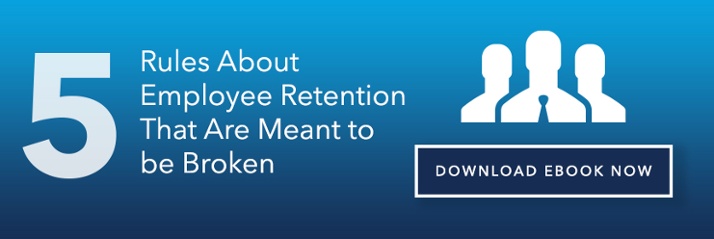Topic Business Performance,
Best Practices for Doing Virtual Meetings Without Losing Your Mind
.jpg)
June 25, 2020 | By Questco
.jpg)
For many companies, virtual meetings via Zoom and other audio/video chat programs are becoming the new normal. For an employee or manager who has never used video chat, this can be a big adjustment. How do you get all your employees together at the same time? Does everyone know how to use the audio/video chat software? What if you're having connection problems?
Don't let your anxiety get the better of you. No one expects the first virtual meeting to go perfectly during this adjustment period. Instead, think of the best ways you can prepare yourself for these meetings, both physically and mentally!
Lean Into Distractions
There are bound to be more distractions than usual in a home office setting. Someone's child may wander into their office, or they may need to attend to a crying infant. Pets can also interrupt the meeting, especially if they can reach the computer or keyboard.
It's easy to interpret these kinds of distractions as a worst-case scenario, but that's really not the case. Instead of seeing it as an embarrassing mistake on you or your employees' behalf, try to see it as a display of authenticity. While it's still important to get through your meeting's agenda, a distraction or two doesn't have to be a big deal.
If a dog or cat walks into the room, don't waste time by shooing them away. Some of your employees are probably pet lovers themselves and won't mind seeing your furry friend on the screen. Acknowledge the animal's presence and then get back to business.
With kids, it's especially important not to turn them away. The younger they are, the more positive attention they need for healthy development. They may not understand why they are being turned away and become upset, which is an even bigger distraction. If a child interrupts your presentation, simply pick them up, introduce them, and carry on with your meeting.
"Being On Time" is the New "Being Late"
It's generally not a big deal to be a few minutes late to an office meeting. However, being late to a virtual meeting can derail things significantly. You now have to deal with a technical barrier between you and your staff.
We recommend logging on at least twenty minutes before the meeting to ensure your computer's microphone and camera are configured correctly. Trying to figure these things out during the actual meeting just wastes valuable time. Familiarizing yourself with the software beforehand also enables you to help your employees troubleshoot problems on their ends.
Have all your notes and materials organized prior to the meeting. If it's a video conference, make sure you look presentable and that your home office looks tidy. This will also set a good example for the rest of your team.
Video Chat is the Best Option… Usually
Although video meetings may be a little harder to plan, they tend to work better than a group conference call. During a video call, it's easier to read nonverbal cues or determine when someone is getting ready to speak. Seeing your team's faces in real-time can also make the experience feel more familiar.
However, there are times when a video chat is not necessary or ideal. Some of your employees may not have a private area in the home where they attend the video meeting. Depending on how early the meeting is, they may also not look as presentable as they would in the office.
You can rarely plan a video chat that will work for everyone's environment or schedule. For the majority of virtual meetings, a conference call will be sufficient. However, if it's a face-to-face meeting with an important client, video meetings should be mandatory.
Plan, Plan, Plan
Virtual meetings are unconventional by nature, so you should always expect the unexpected. You won't be able to control how many distractions arise while the meeting is in session. However, you can still control the overall flow of the presentation.
Send your employees an agenda of what needs to be covered in the meeting well before it begins. Make sure that everyone knows what time the meeting will take place and any software they'll need to download beforehand.
Having Fun with Your Background
One positive thing about virtual meetings is that you can liven things up with a unique background. Zoom offers a selection of fun stock backgrounds and also gives you the option to upload your own image. Instead of being in your home office, you can make it appear as if you're on a beach! If you want to keep things a little more professional, set your company's logo as the background.
Switching up the background can give you and your employees a boost of morale and help everyone feel more relaxed. Just make sure it's not too much of a distraction. Choose your background before the actual meeting starts and keep the discussion about it to a minimum.
Keeping a Calm Mindset
Many online guides cover how to plan the most productive virtual meeting. However, most of them don't mention all the technical mishaps and other disruptions that can happen during these conferences. Having an unrealistic expectation of a perfect virtual meeting can lead to frustration when things don't go as planned.
Careful planning is important, but there's only so much you can control. Using a flexible approach when it comes to disruptions will take a huge weight off your shoulders. Remember: virtual meetings are unfamiliar territory for many employees. Set a positive example by remaining relaxed and personable, despite any distractions. Your workers will appreciate it!



